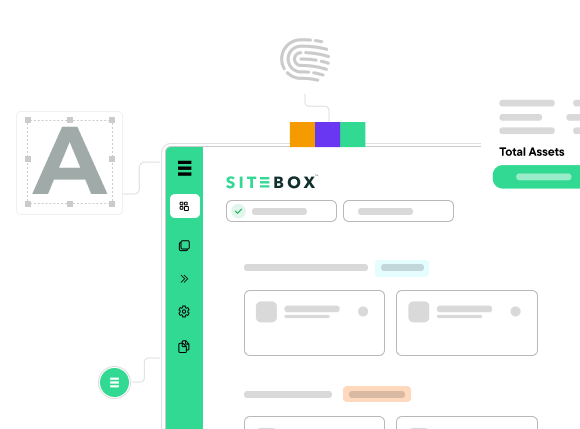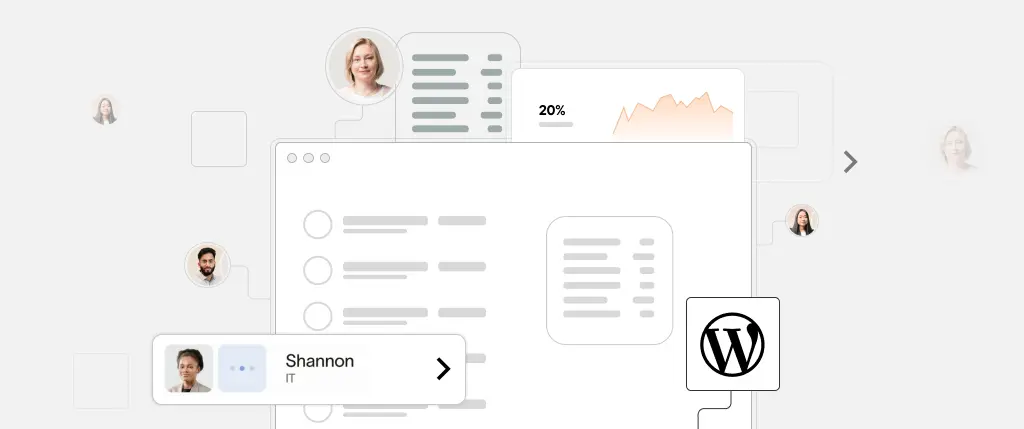The website is a monumental part to any business.
It interacts with customers when you can’t be there face to face, and informs prospects scouring your products and services on what is essentially a vast online shop window.
Standing out is key in saturated markets. A website can be the first port-of-call, so making sure that it is attractive is just the start. Page speed and security are aspects which can make or break the way that businesses best connect with their clients. There is a growing importance for advanced user experience (UX) to make websites more intuitive for site visitors.
CSS spinners and white page-loading screens hinder the customer journey on a website. UX considerations need to be implemented by designers in the content management platform to keep a user’s focus and are just as important as the speed in which the site components are delivered.
On the subject of speed
There is a general consensus that 3 seconds to load a website is very good. Any less, bonus. Any more, you risk losing a user’s attention. The sight of a spinning disk gives a bad impression about the website’s maintenance, leading the cursor to click the dreaded red ‘X’ on the browser.
Site speed also carries implications for search engine optimisation (SEO). In its ranking system for the most relevant web pages, Google prioritises results that load quicker than others, around 2.5 seconds. If you are not featuring on Google’s front page, there’s far less of a chance for your useful website content to feature in targeted searches. Just an added second of load time can lower the number of page views by 11%, and ultimately all-important conversions.
It’s a juggling act of making a website interactive and attractive, while making it run quickly and streamlining the user’s browsing journey. Packing in high-quality image files, or explanatory animations and videos, can be quicksand for a site’s performance. Hosting platforms that are overstretched can have insufficient bandwidth for the many processes that they are running, and that’s another red flag.
Simple solutions
But that doesn’t mean a good-looking and informative website has to be compromised. It’s a classic case of working smarter, not harder.
By hosting a website on WordPress, plug-ins can be one way to mitigate slowed performance. WordPress’ vast library covers all the bases. Caching – the saving of a site’s files to reduce the generation of a webpage for a user visit – can speed up performance, with WP Rocket supplying a simple interface for users to enable caching and integrates with Cloudflare for security measures.
There are further security concerns when plugins or internal code are outdated, but WordPress makes it easier to toggle between used and under-used content-building components. WordPress builders are not only user-friendly, but contribute to the overall responsiveness of the site, as opposed to custom built code which required more developer legwork, and the risk of poor UX.
UX design to the rescue
It is paramount to choose a trusted hosting provider for more experienced UX designers that can enhance the capability of the website’s look and feel while keeping things simple, slick and secure.
Poorly written CSS and Javascript can affect performance, albeit coding should be bread-and-butter to a good developer who go one step further to excel at the simple tasks, while bringing an analytical design eye to boost UX.
Certain UX design considerations adhere to behavioural principles while speeding up site performance. For instance, having a consistent design across a whole site adds familiarity and brand awareness. But on even closer inspection, minimal distances between key elements such as CTA buttons allows the whole page to perform faster. The use of skeleton screens rather than page spinners can provide a more seamless transition between loaded pages, looking less jolted and more professional.
The inclusion of CTAs and prompts for a user must be selective however. It is far better to give a user one choice rather than many which will deter them due to option paralysis. A quicker decision will lead to further directed clicks on a website, less page loads and hopefully more interest and conversions.
UX design must adhere to security measures on a website too. Users would be concerned about personal messages through chat boxes and other communication channels through digital products, as well as data privacy when entering data through online forms. Collecting user data is sensitive, so encryption and secure authentication (two-factor, for instance) needs to be considered, while making the process of gathering user information simple and fast so that the user journey is not off-putting or disrupted.
It is imperative to have a fast, responsive site to keep users interested. But while added work and advanced components are needed to ensure attractive web design, they also bolster the responsiveness and security – necessities for a great UX.
Your website’s UX can be enhanced through partnering with a trusted hosting provider. See how SiteBox can assist.




